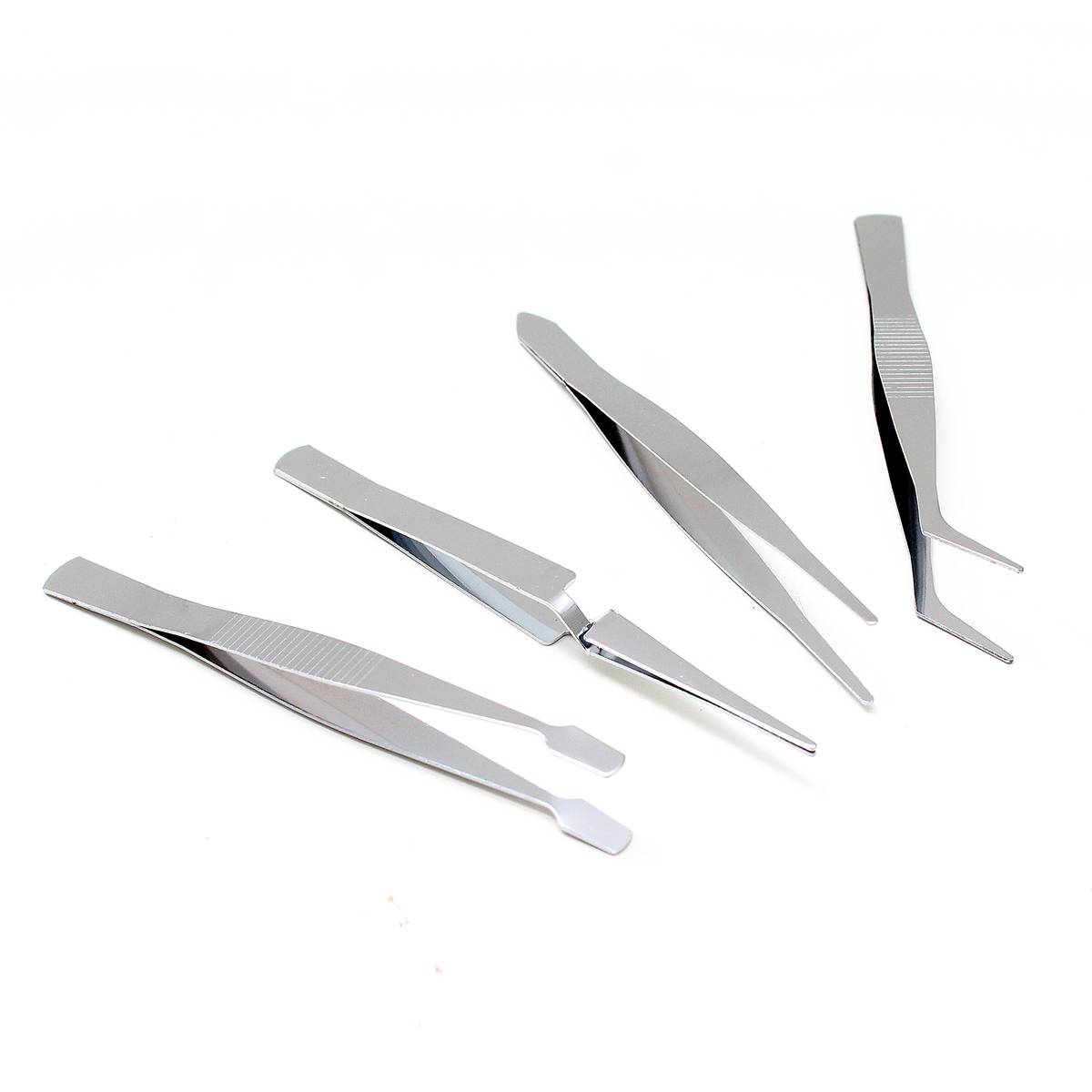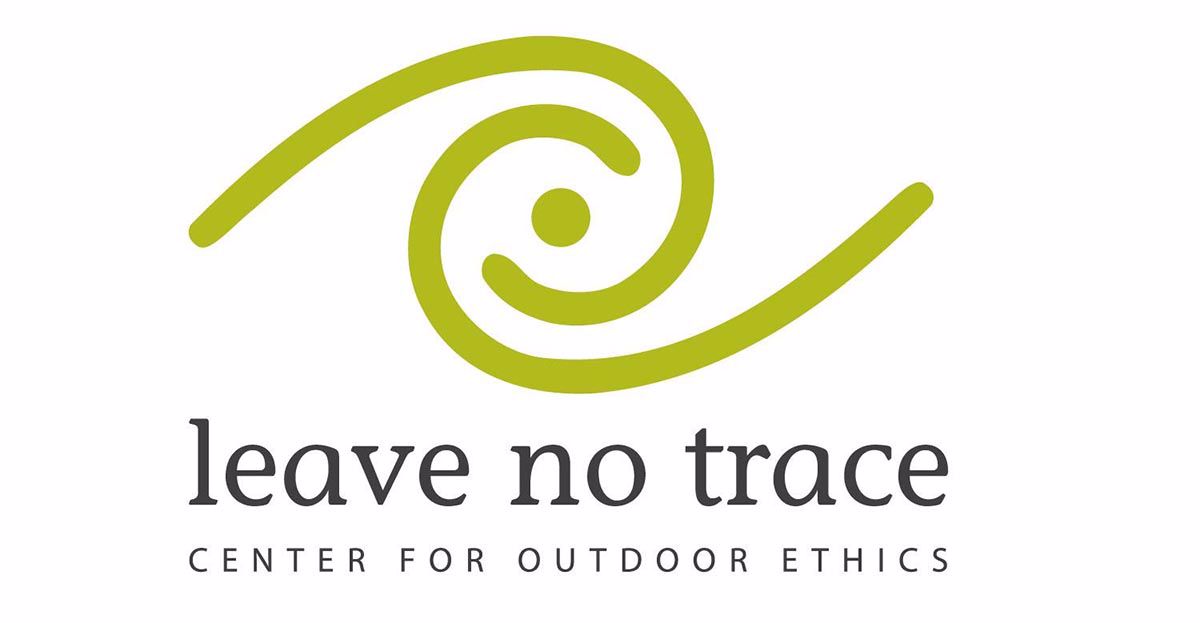In the last post I offered a general list of things I always take on any overseas adventure travel trip. Actually I pack the same items on a trip in the United States, with one exception- Cipro, a broad spectrum antibiotic. While it can be incredibly useful when you know how to use it and you're not close to medical care or you're unfamiliar with the health care system, in general we don't recommend using antibiotics except with the recommendation of a physician.
But this list also assumed that you you could get other things you needed pretty easily-i.e you were close to cities where there are pharmacies. What if that isn't the case- you're trekking to Everest Basecamp or climbing Mt Kilimanjaro. Or you're in the wilderness in the United States? If I'm more than 2 hours from medical care or won't have fairly easy access to a city, or I'm guiding a trip, then I'll add the following items:
1. Bandaids of different sizes. Actually these are so cheap and light, I tend to carry them on any trip
2. Diphenhydramine (like Benadryl). This has 3 purposes - if you itch for any reason, it helps; it's the best over the counter treatment for allergic reactions; and it makes you drowsy, which is not good in the middle of the day but can really help you get to sleep if you're having trouble with insomnia.
3. Tweezers, scissors, and a needle. The tweezers will help remove any foreign bodies (i.e. splinters or urchin spines) that get embedded. You need a small pair of scissors to cut the moleskin and duct tape your bringing. And the needle is for help releiving painful pressure under an inflamed toenail - the subject of another blog post.

4. Items for wound care- in addition to band aids, I ususally carry iodine (either iodine swabs or liquid iodine or both), alcohol swabs for disinfection, gauze pads, and adhesive tape
5. For sea kayaking tours, I include the following: eye drops (esp. for sea water trips), Dramamine, Tegaderm bandages (these are waterproof and definitely the best covering when getting your banadage wet is a possibility) and more gauze and second skin. Body glide is also excellent for skin tha is getting rubbed or chafed.
6. Some of our guides carry Arnica, which is a homeopathic remedy for muscle aches, bruising, and swelling. I personally don't have experience with it but reports are positive.
7. Water purification tablets- they are very light and if you hve any doubts about the purity of your water (which you should in any U.S. wilderness situation unless you have definite knowledge that the water is giardia-free)
8. Hydrocortizone cream- good for things that itch
9. A syringe - good for both pressure washing a wound and for cleaning out ears that have gotten stopped up with wax
And always be prepared to improvise: a bike water bottle with a squeeze top can be used for pressure washing out a wound; a fleece jacket can be tied up like a sling for a broken arm; sticks or other rigid items can be used to make a splint (though I do love my Sam Splint)
If you travel often, spend the time before one trip to assemble the First Aid kit you feel comfortable with and then make a list. It's best to replenish what you use as soon as you get home but if you don't, you can quickly check to see what you need.
Safe travels!



